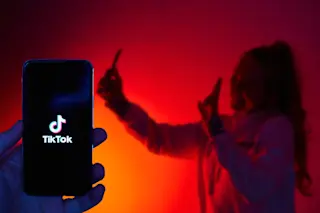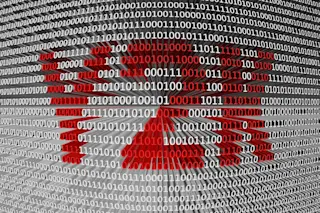(Credit: Aspen Photo / Shutterstock) There are myriad methods to March Madness. The diehards watch games, analyze box scores and pore over insights from the experts. Others fill out their brackets based on a school’s color scheme. We can debate the merits of various bracket methodologies until we’re blue in the face, but do we have to? Instead, it’s possible to incorporate disparate bracket approaches into a grand, unified theory through the power of swarm intelligence. Louis Rosenberg, founder of Unanimous AI, built a human-based artificial intelligence system that pools a groups’ collective know-how to make rapid-fire decisions like a hive of bees or flock of birds. The results, from a series of early demonstrations, should have the so-called sports experts a little worried.
Artificial intelligence researchers are building systems that rely on artificial neural networks that resemble the human brain's architecture. But Rosenberg is taking a different approach with ...














